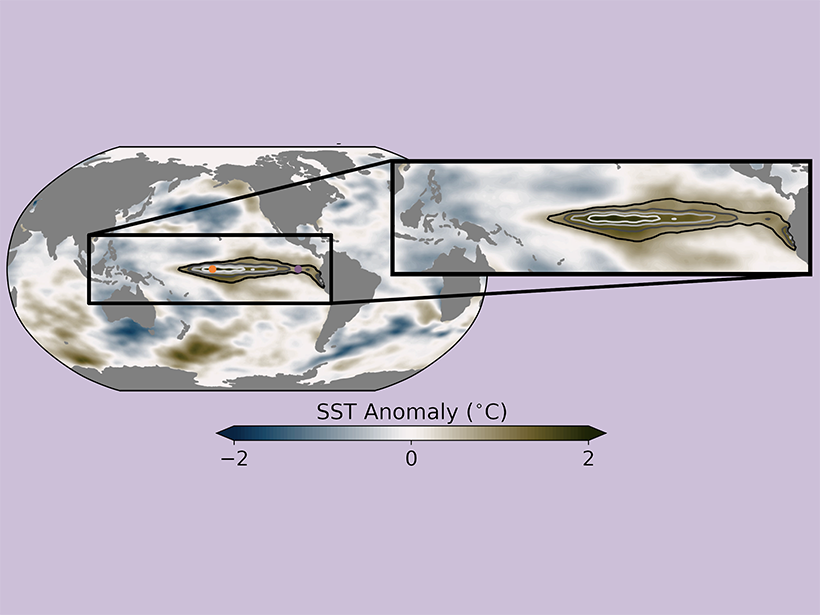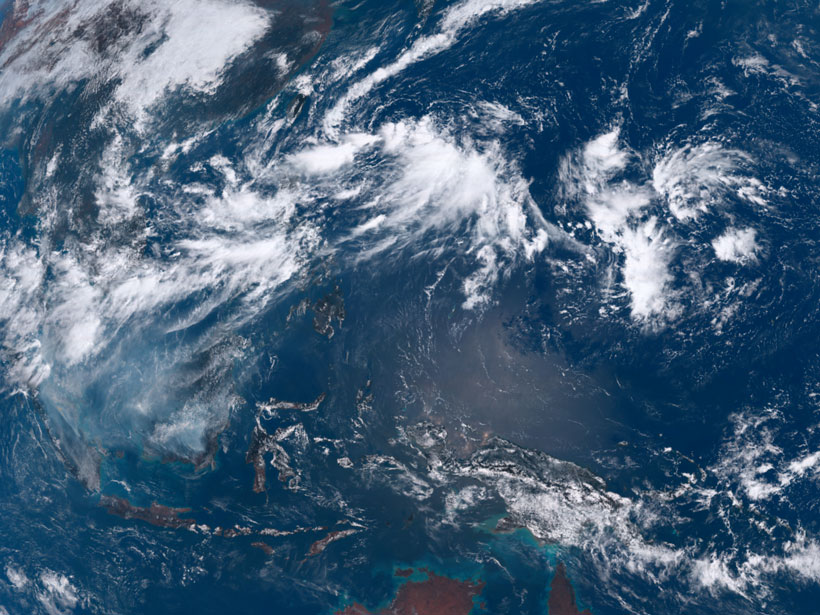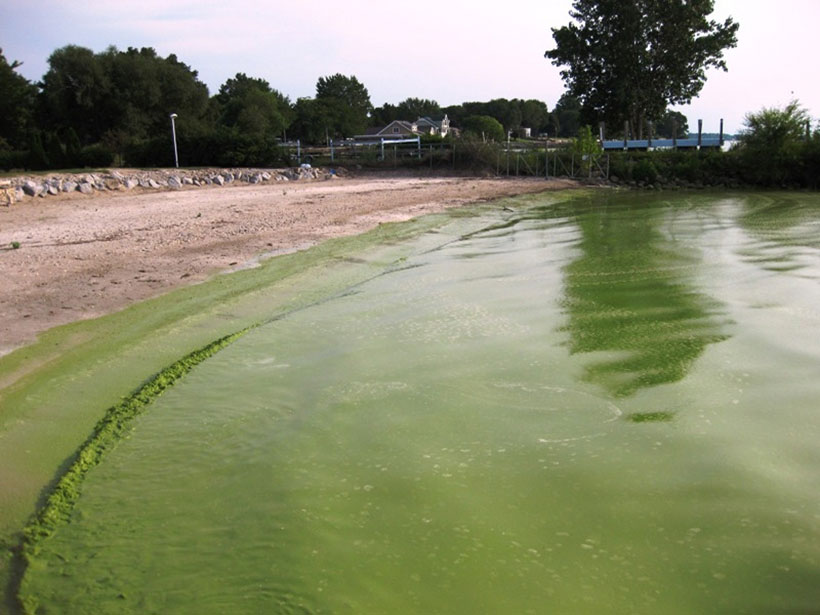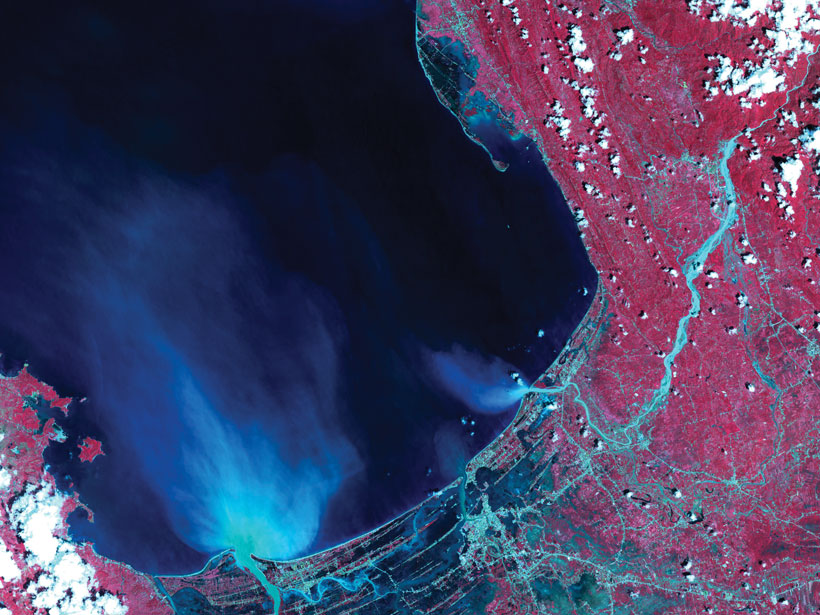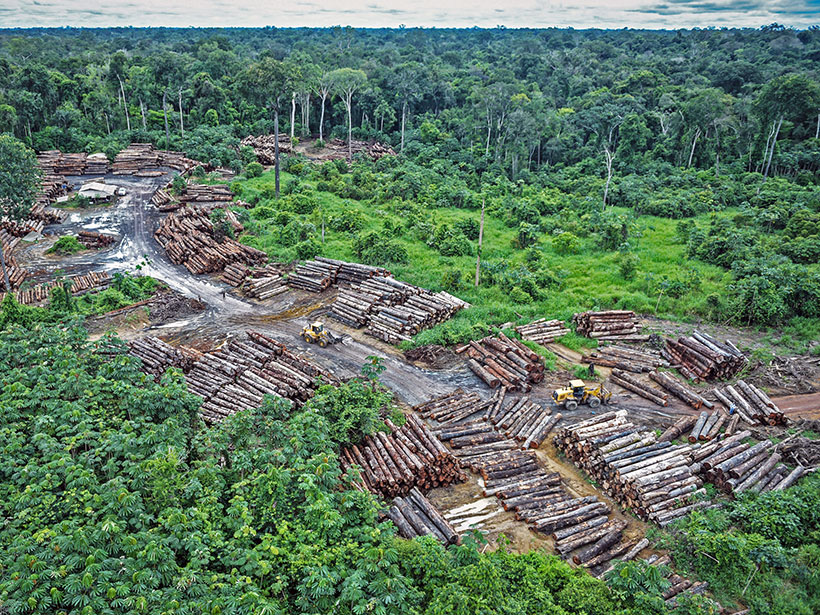New methods that help researchers understand the decision-making processes of neural networks could make the machine learning tool more applicable for the geosciences.
AGU 2020
Warming in the Antarctic Stratosphere Affects Tropical Weather
Rapid temperature spikes in the stratosphere above Antarctica can influence weather and spark cyclones in the Northern Hemisphere’s tropics.
This Week: Hurricanes, Space Weather, and Marvelous Microbes
What Earth and space science stories are we recommending this week?
Remote Sensing of Algal Blooms Can Improve Health and Save Money
Using satellites to detect cyanobacterial algal blooms can foster faster decision-making that reduces harm to public health as well as associated costs.
Ideal Temperatures for Carbon Uptake by Subtropical Plants
Air temperatures in coastal ecosystems of Australia routinely exceed the optimum range for photosynthesis, hindering plants’ ability to take up atmospheric carbon.
Bringing Satellite Observations Down to Earth
This month’s issue of Eos shows how scientists can sometimes get a better look at something by stepping far—much, much farther—away.
How Forest Degradation Affects Carbon and Water Cycles
Forest degradation may be as widespread as deforestation in the Amazon, but its impact on energy, carbon, and water fluxes is less well understood.
This Week: Mud, Monterey Canyon, and Kanye West
What Earth and space science stories are we recommending this week?
Jupiter’s Ocean Moons Raise Tidal Waves on One Another
New research considers the effect of Jupiter’s Galilean moons on each other’s oceans for the first time.
Tracking Air Pollution from Ghana’s E-Waste Site
Researchers established a relatively low cost method that could help countries with limited monitoring capabilities measure particulate pollution in their skies.

